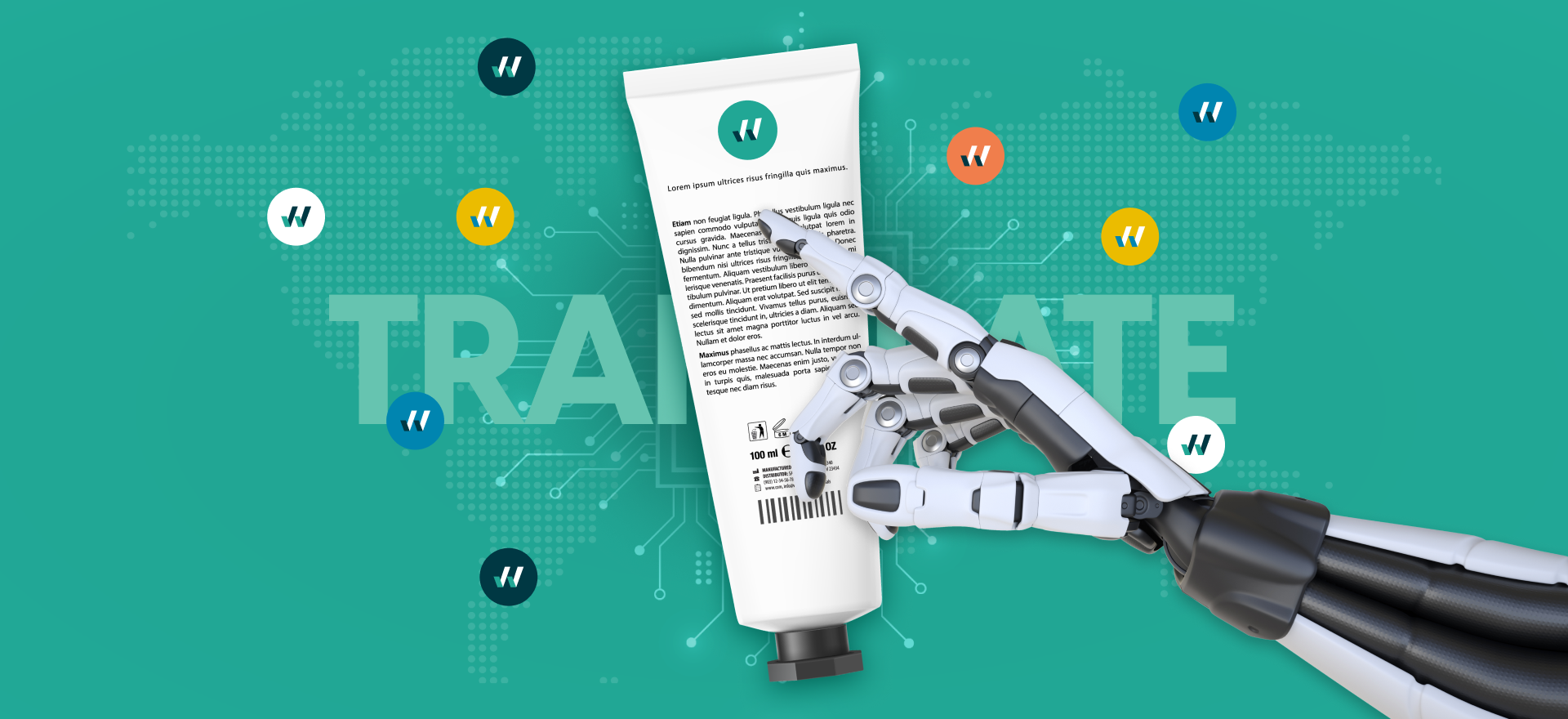Most of us need a quick energy boost from time to time, but it’s not always coffee we reach for.
Sometimes a can of Red Bull or Monster hits the spot – and for a long time, these brands have dominated the energy drink sector.
But now the tide is turning. Rather than relying on sugar, consumers want beverages with natural benefits. And it’s creating a whole new ‘clean energy drink’ category, with new pretenders to the throne.
Consumers converting to cleaner drink choices
Energy drinks are already a multi-billion pound industry. More than 15% of under-35s drink energy drinks weekly, and men typically consume more than women.
But although thirst is strong, people’s palates are changing.

Health consciousness is one of the biggest factors influencing energy drink formulation. Three-quarters (72%) of consumers are trying to limit sugar consumption. Yet a large can of energy drink is around 220 calories and contains up to 14 teaspoons of sugar.
The way in which traditional drinks spike energy levels is also under scrutiny. For many people, these beverages deliver a big boost, followed by a crash. This sudden slump can feel worse than their initial tiredness. Consumers want a sustained energy release, not extreme highs and lows.
Another factor influencing energy drink innovation is taste. The artificial sweeteners used to perk people up can create a bitter undertone. A 2012 Michigan State University survey found 43% of people who avoid energy drinks do so due to their taste. As premium soft drink sales increase, consumers want a beverage that’s pleasant on the palate.
New ingredients for natural energy drinks
The downturn of sugar and artificial flavourings is creating a thirst for natural energy drinks. But what separates these products from traditional mood-boosting beverages?
The biggest difference is the source of stimulants. Clean energy drinks use plant-based extracts to provide a balanced energy boost. These include:
- Ginkgo biloba
- Ginseng
- Green tea
- Guarana
- Ilex guayusa
- Yerba mate
ZOA Energy, the fastest-growing energy drink in the US, combines green, unroasted coffee beans and green tea for a natural caffeine hit.
Different ingredients also provide an opportunity to explore new flavour profiles. This innovation can make energy drinks palatable to a broader audience. For example, Tenzing natural energy drink comes in seven flavour combinations. Options include raspberry + yuzu and an apple, matcha and ginger shot.

Natural energy drinks are usually lower in calories too, which appeals to weight-conscious consumers. Virtue’s clean energy drink range contains zero calories and no artificial flavours. Instead, the brand uses green coffee bean extract as the basis for its beverages.
The massive growth potential for clean energy drinks is reflected in sector investment. Pureboost crowdfunded over $2 million within hours of going public. Other brands like Sneak and Rowdy Energy have received VC backing. Sparkling matcha drink PerfectTed secured funding via the UK television show, Dragon’s Den.
Regulating the clean energy drinks market
Given consumer appetite and scope for innovation, natural energy drinks seem like a no-brainer. But bringing any kind of mood-boosting product to market involves regulatory challenges. Especially if the product incorporates Novel Foods.
To succeed in healthy drinks, brands must know the ins and outs of international legislation. For example:
- Maximum allowable caffeine levels vary from country to country. For example, in the USA, caffeine up to a level of 0.02% is permitted in cola-type beverages. The FDA also recommends a maximum daily caffeine consumption of 400mg. In Canada, small single-serve energy drinks (250ml or less) are limited to 100mg of caffeine per serving.
Local limits can affect the global viability of products. For example, Australia sets a limit of 320mg caffeine per litre of beverage in a standard food and drink product. Cult beverage Prime Energy contains double the permitted amount. However, a technical loophole means it can still be sold as a dietary supplement, as supplements are not subject to the same caffeine limits.
- Some countries have age-restricted sales. For example, in Lithuania and Latvia, it’s illegal to sell energy drinks to anyone under 18. Even in areas without age restrictions, there may be rules on marketing to young people.
- Energy drinks require registration in some markets. In the United Arab Emirates, for example, energy drinks are certified under the Emirates Conformity Assessment System (ECAS) by the Emirates Authority for Standardisation and Metrology (ESMA) . An ECAS Registration Certificate confirms that products comply with relevant local standards.
- Energy drink labelling requirements can vary across regions. In the EU, because of high caffeine content, energy drinks must carry a warning that they are not recommended for children or pregnant/breastfeeding women, in line with Regulation 1169/2011 Annex III. This type of label is not required in the USA, but it is recommended by The American Beverage Association. However, energy drink brands include the amount of caffeine in each product on their label as best practice. The UK has a complete code of practice on energy drinks with labelling and marketing protocol.
- Wider regulations can impact the way brands develop and market energy drinks. For example, several brands were affected by the introduction of HFSS legislation in the UK last year.
- Other natural energy drink ingredients are subject to regulation. We’ve already mentioned that some ingredients are classed as Novel Foods. In addition, some natural stimulants have their own laws. For example, guarana energy drinks sold in Australia must be labelled as containing caffeine. Beverage brands need to check regulations surrounding ingredients such as electrolytes, taurine and B vitamins, to make sure products are fully compliant.
Any brand developing natural energy drinks must understand these local nuances.
Natural energy drinks provide profit potential
When it comes to categories with high growth potential, clean energy drinks top the list. 78% of consumers are swayed by the term ‘natural’ on product labelling and are willing to pay 20-30% more for that item. Meanwhile, soft drinks are an impulse shopping item, making up 41% of all unplanned purchases.

But while the thirst for energy drinks seems unquenchable, natural products still need to meet local legislation. New ingredients can create compliance challenges, and it would be a shame if red tape affected NPD.
Does your brand need help with Novel Food legislation? Do you need support developing locally compliant product formulas and packaging? Hooley Brown can help.
We’re a specialist food and drink compliance agency, smoothing brand journeys to international markets. Get in touch to discuss your next project.
This blog post was written in March 2023. Facts were correct at the time of writing.













